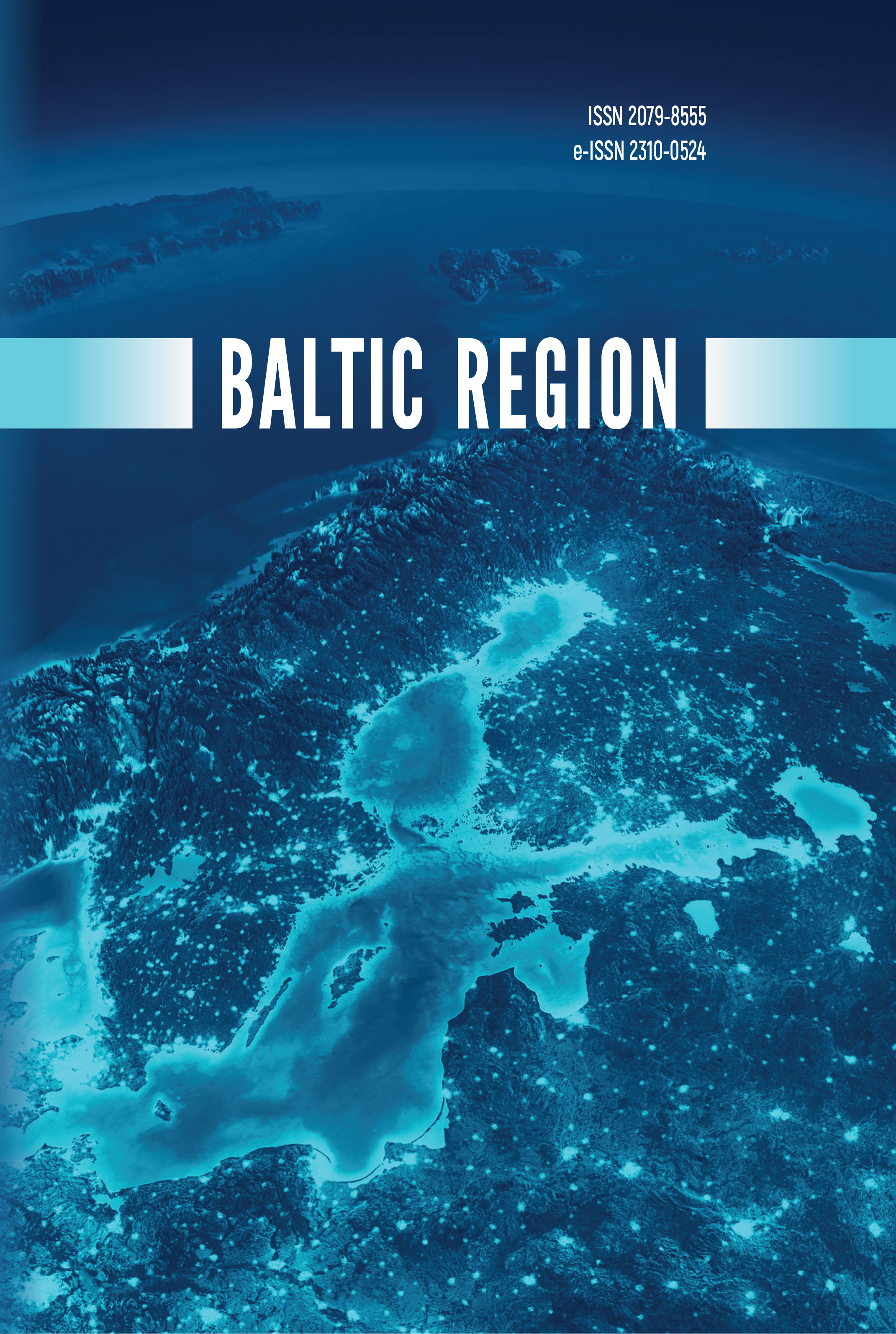Geopolitics of small steps: German political foundations in Belarus in 2014—2020
Abstract
The article analyses the activities of German political foundations in Belarus between 2014 and 2020, using the Friedrich Ebert Foundation and the Konrad Adenauer Foundation as case studies. The study is grounded in the framework of neoclassical realism, which conceptualises foundations as actors capable of autonomous action while operating within the broader contours of German foreign policy. The study examines their public events, analytical publications, and interactions with Belarusian society and state institutions in the period leading up to the political crisis of 2020. The Ebert Foundation focused primarily on socio-economic reforms, emphasising what it characterised as the “obsolescence” of the Belarusian economic model, an argument that, in its view, created a basis for seeking Western support. The Adenauer Foundation, by contrast, concentrated on security issues. The study concludes that only some activities of the foundations were directed at promoting internal change within the Belarusian political regime. In practice, the geopolitical logic came to the fore, as both foundations sought to influence the regional order, most notably by promoting the notion of Belarusian ‘neutrality’, which could contribute to weakening Russia’s military and political position in the Baltic region, including with regard to the Kaliningrad region. The research did not reveal sufficient public evidence to suggest that the foundations played a decisive role in the development of organisational structures within the Belarusian opposition during the 2020 crisis. Instead, their priorities often lay in building transnational expert networks aimed at advancing pro-Western geopolitical narratives in Belarus. These findings call into question the widespread assumption that German political foundations function primarily as ‘democratisation’ actors constrained by ideological templates, suggesting instead that they operate as flexible and pragmatic actors pursuing geopolitical objectives.

